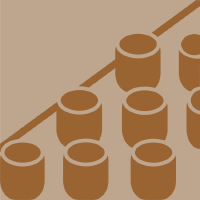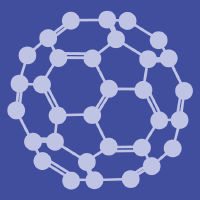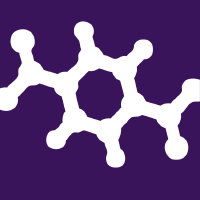Topic Menu
► Topic MenuTopic Editors





Development and Application of Novel Biomaterials for Tissue Engineering

Topic Information
Dear Colleagues,
Biomaterials is one of the fastest growing areas in the biomedical field, and novel developments can be used not only for clinical treatment, but also for medical diagnosis and imaging. This topic is mainly related to the development of biomaterials and tissue engineering applications, in addition to new processing techniques, improved technologies and important innovations. We kindly invite you to consider submitting a manuscript within the scope of the collection, such as original articles, mini-reviews and perspectives. The areas covered in this research topic will include, but are not limited to:
- The field of advanced manufacturing technology for biomaterials.
- Surface/interface science and engineering of biomaterials.
- Nano-biomaterials.
- Materials for tissue engineering and regenerative medicine.
- Tissue-induced materials.
- Bionic structural materials and intelligent biomaterials and systems.
Dr. Binbin Sun
Prof. Dr. Xiumei Mo
Prof. Dr. Tong Wu
Dr. Tonghe Zhu
Dr. Yuanfei Wang
Topic Editors
Keywords
- biomaterials
- surface/interface
- nano
- tissue engineering
- regenerative medicine
- tissue induced
- bionic
- intelligent
Participating Journals
| Journal Name | Impact Factor | CiteScore | Launched Year | First Decision (median) | APC | |
|---|---|---|---|---|---|---|

Biomolecules
|
5.5 | 8.3 | 2011 | 16.9 Days | CHF 2700 | Submit |

Journal of Functional Biomaterials
|
4.8 | 5.0 | 2010 | 13.3 Days | CHF 2700 | Submit |

Materials
|
3.4 | 5.2 | 2008 | 13.9 Days | CHF 2600 | Submit |

Nanomaterials
|
5.3 | 7.4 | 2010 | 13.6 Days | CHF 2900 | Submit |

Polymers
|
5.0 | 6.6 | 2009 | 13.7 Days | CHF 2700 | Submit |

MDPI Topics is cooperating with Preprints.org and has built a direct connection between MDPI journals and Preprints.org. Authors are encouraged to enjoy the benefits by posting a preprint at Preprints.org prior to publication:
- Immediately share your ideas ahead of publication and establish your research priority;
- Protect your idea from being stolen with this time-stamped preprint article;
- Enhance the exposure and impact of your research;
- Receive feedback from your peers in advance;
- Have it indexed in Web of Science (Preprint Citation Index), Google Scholar, Crossref, SHARE, PrePubMed, Scilit and Europe PMC.

